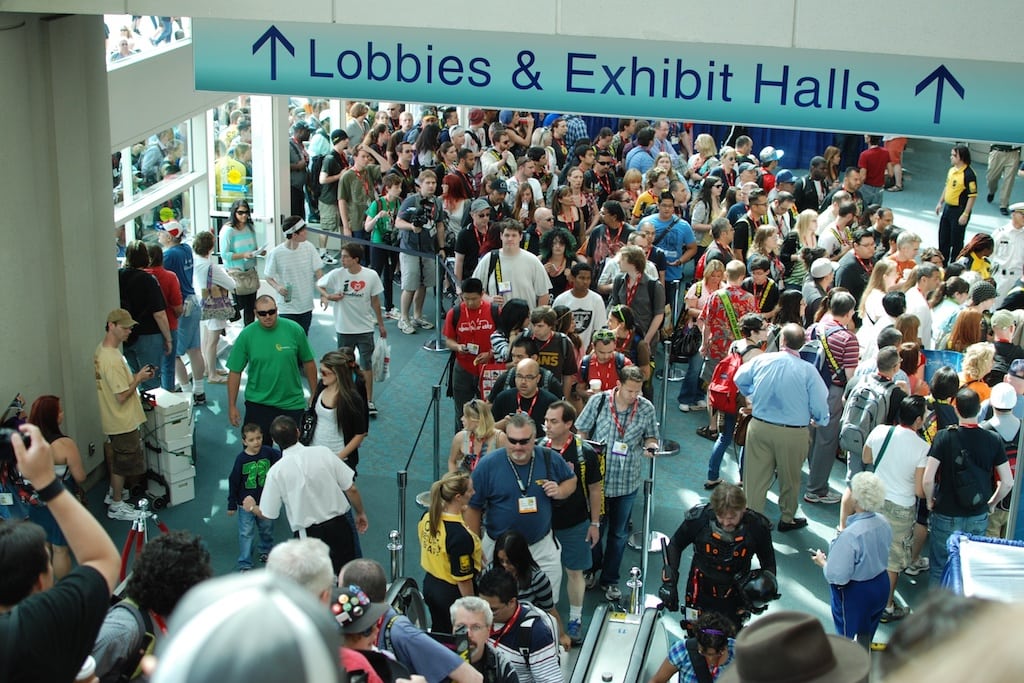Electronic Requests for Proposals Have Created a Mess for Many Events

Skift Take
Hailed as a panacea to streamline the bidding process that would make venues and meeting planners more productive, electronic requests for proposals still have a long way to go.
When meeting planners wanted information about a venue in the old days, they wrote up a request for proposal, or RFP, and faxed it over. Hotels, convention centers, or convention and visitor bureaus took a look at the request, determined if the needs could be met, and faxed or mailed a reply. The process was time-consuming on both sides.
When electronic request for proposal tools hit the market in the late 1990s, they were seen as a modern time-saver. It hasn’t quite worked out that way. While they are widely used, there are still planners who prefer the traditional method, now using email rather than fax. On the other end of the spectrum, some planners use new systems to the fullest, overwhelming suppliers with queries, which creates another set of problems.
There’s been no comprehensive research on the use of electronic requests; information is largely anecdotal, and the answer may depend on whom you ask. So we asked several meetings professionals, on both sides of the divide, about their views.
Those offering automated solutions really want you to think the future is now, but the reality is more nuanced.
“I would say electronic request
